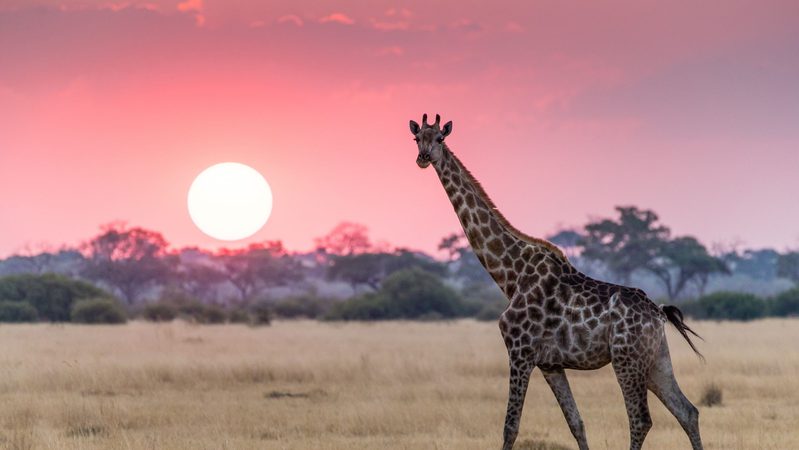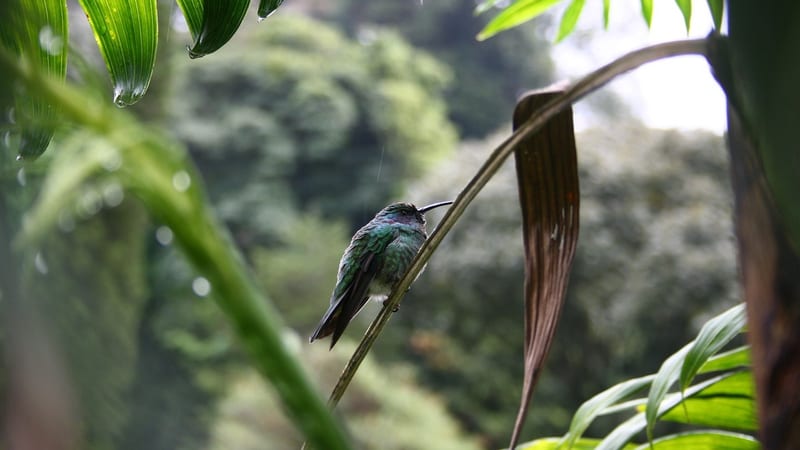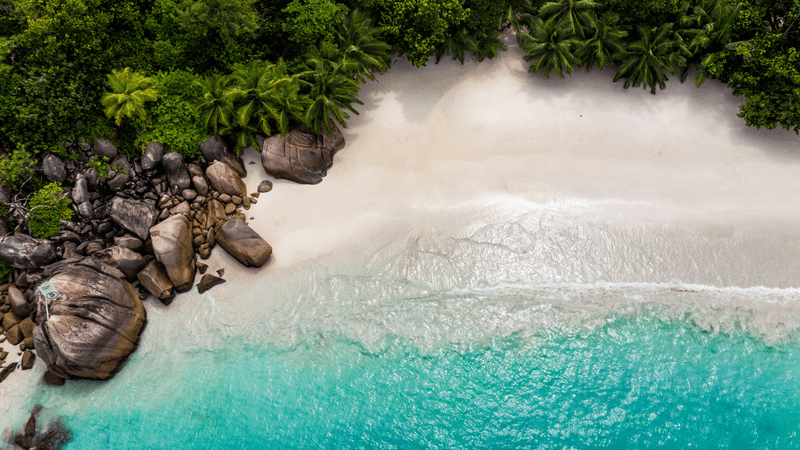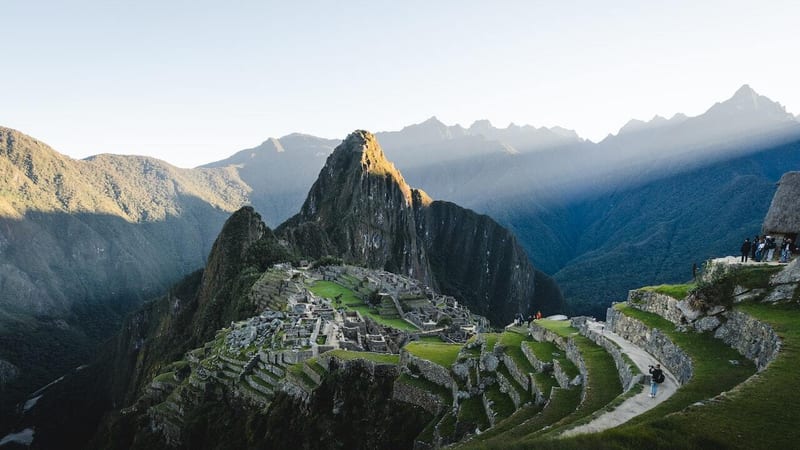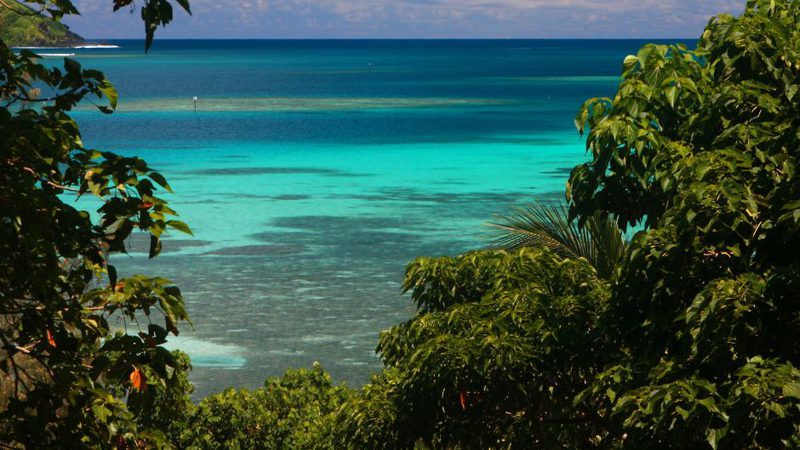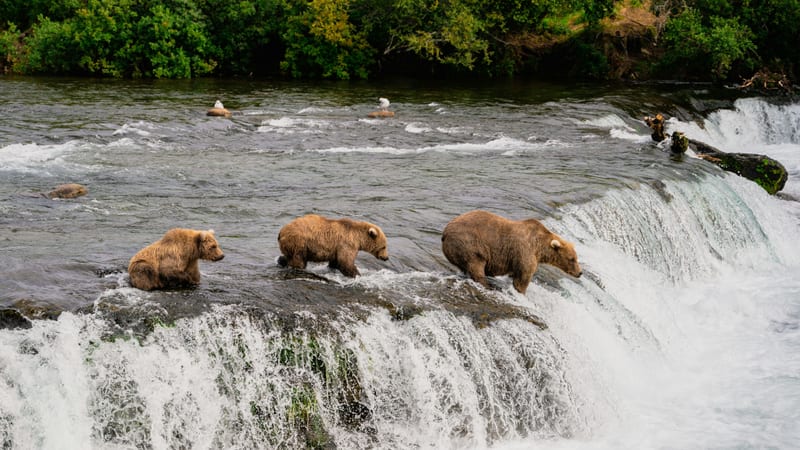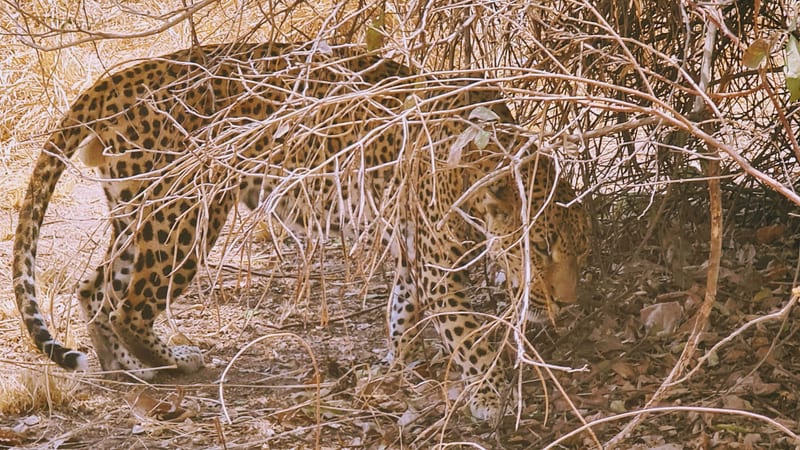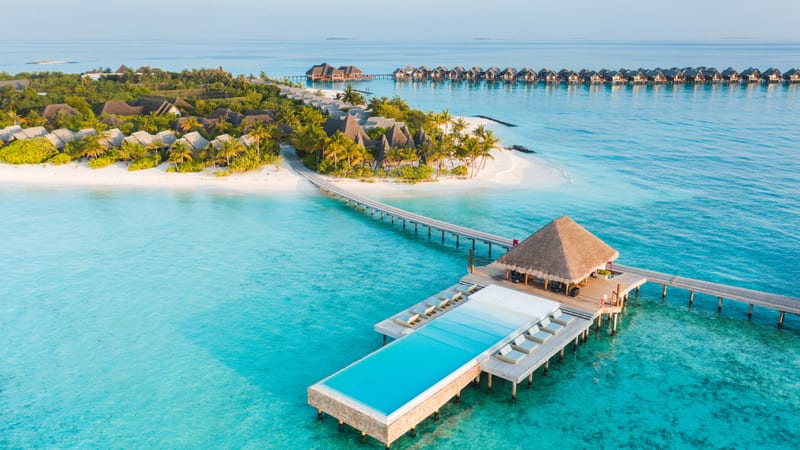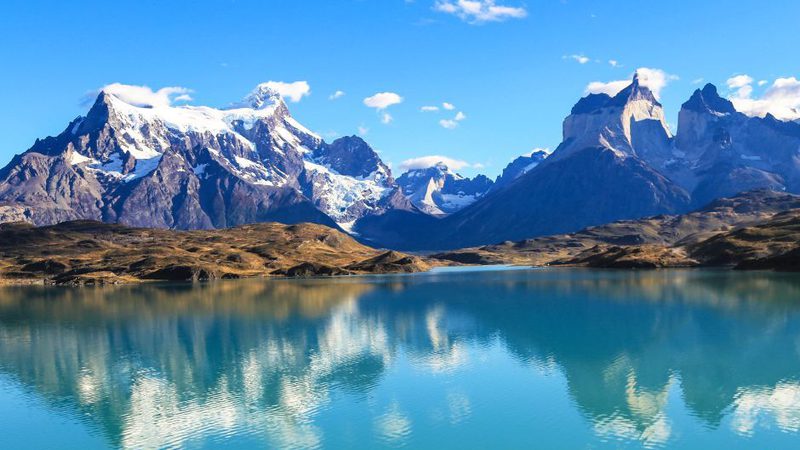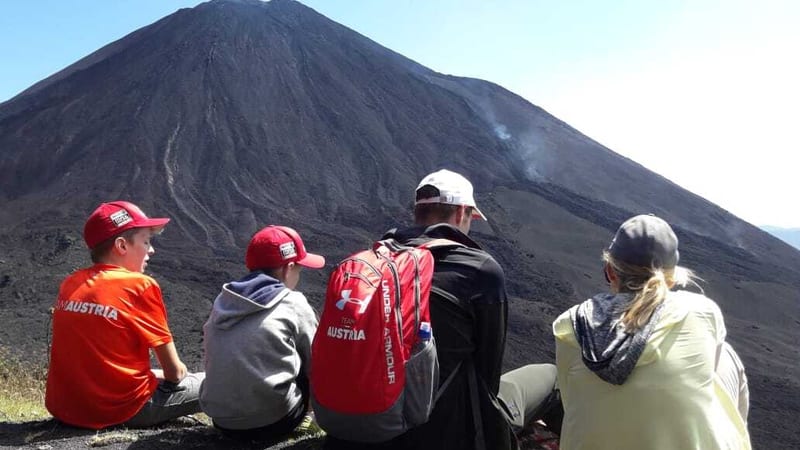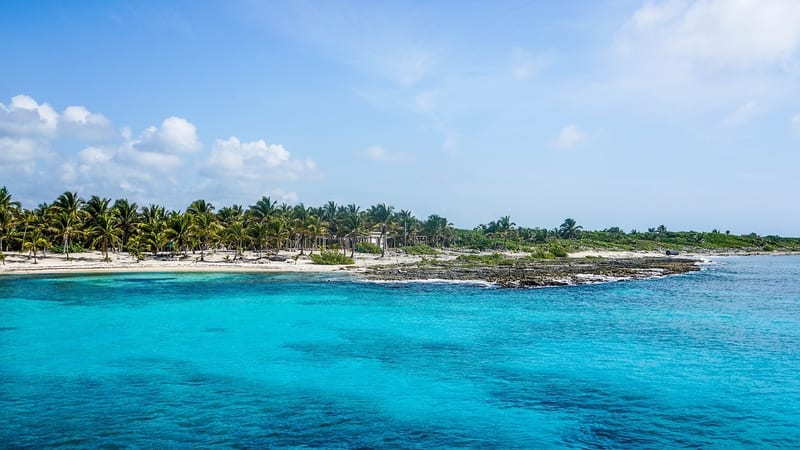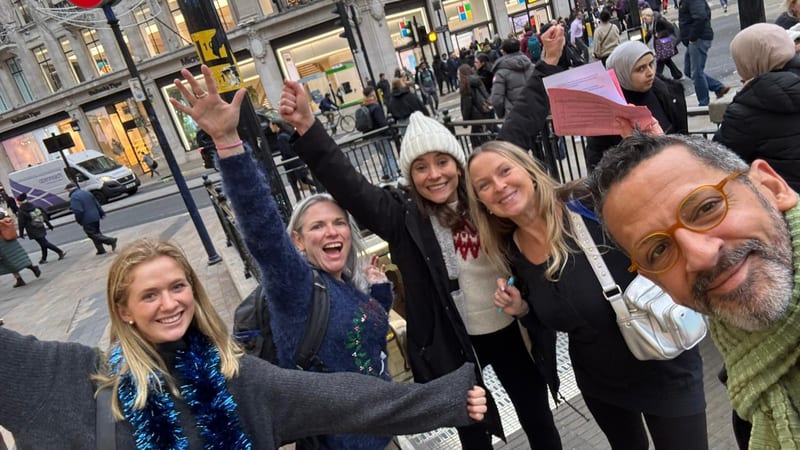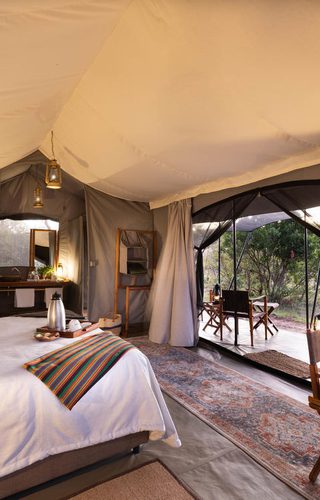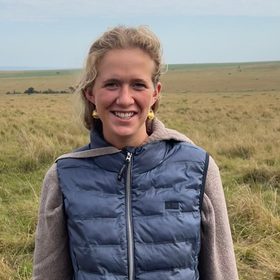Basecamp Wilderness offers an intimate, eco-luxury safari experience in Kenya’s Naboisho Conservancy, blending traditional Maasai culture with modern comforts.
Location
Basecamp Wilderness is nestled in the tranquil Saddle Valley of the Mara Naboisho Conservancy, bordering the Masai Mara National Reserve. This location provides guests with unparalleled access to abundant wildlife and a serene environment, away from the busier areas of the reserve. The camp is accessible via a 30-minute drive from Ol Seki Airstrip.
Rooms
The camp features eight spacious tents, each offering breathtaking views of the savannah. These tents are designed to provide comfort while maintaining an authentic bush experience. They include king-sized beds, fine linens, and handcrafted furniture made by local artisans. Large mesh-screened windows allow guests to immerse themselves in the sights and sounds of the bush.
Amenities
Basecamp Wilderness is fully solar-powered, reflecting its commitment to eco-friendly practices. The camp offers en-suite bathrooms with safari bucket showers, a communal lounge and dining area, and a shaded deck overlooking the plains. Guests can enjoy meals in the dining area or dine outdoors to take in the surrounding wilderness.
Activities
Guests can embark on guided game drives to witness the Big Five in their natural habitat. The camp also offers immersive walking safaris led by experienced Maasai guides, providing insights into the local ecosystem and culture. Additionally, cultural experiences, such as visits to nearby Maasai villages, are available to enrich the safari experience.
Sustainability
Basecamp Wilderness operates with a strong focus on sustainability and community empowerment. The camp is built using locally sourced materials and traditional techniques, blending seamlessly with the natural environment. Its solar-powered operations minimise environmental impact, and the camp's integration with the local Maasai community ensures that tourism benefits the surrounding area.
Best places to stay in Kenya
Masai Mara Trip Inspiration
When to visit Kenya
Find out the best time to visit Kenya with our month by month guide.
- Best
- Good
- Mixed
- Jan
- Feb
- Mar
- Apr
- May
- Jun
- Jul
- Aug
- Sep
- Oct
- Nov
- Dec
January
January is a great time for wildlife viewing. The landscapes are lush and green after the 'short rains' and newborn animals can been seen. It is hot, but brief afternoon or evening showers cool things down, without compromising your safari. Over on the coast the sea is clear, making it ideal for diving and snorkelling, and the days are warm and bright.
February
February is an ideal time to visit Kenya, and great for game viewing. The landscapes are green and thriving thanks to the short rains, and newborn animals will be hopping around the plains. There maybe a few afternoon showers which are welcome in the heat, and don't impact on wildlife viewing. Water clarify is excellent at the moment, which is good news for watersports enthusiasts. And if you want to spot a whale shark, now is the time to try.
March
Still a good option for wildlife viewing and diving, although with the 'long rains' just around the corner, expect wetter and hotter weather.
April
April brings the start of the 'long rains' which means game reserves and national parks become muddy and harder to drive around. Over on the coast it's hot and wet, so it isn't the best time of year to travel. Some camps and lodges close during this period.
May
The 'long rains' continue into May, making park tracks difficult to navigate in the mud, and the coast very warm and wet. There will be less accommodation choice at this time as several lodges and camps during this period.
June
June is a beautiful time of year to visit Kenya, with the rains receding to just light showers, and the long dry season not far ahead. The high grasses can sometimes make it more of a challenge to spot game, but the landscapes are lush and some animals may begin arriving early for the migration. At altitude nights can be cool, but elsewhere the temperature is pleasant.
July
July marks the beginning of the great migration into the Masai Mara, and with warm and generally dry weather, this is a great time of year to visit. Days are sunny, skies are blue and there isn't too much dust around, so it's a great time for photography.
August
The migration is now in full swing in the Masai Mara, with lots of river crossing action, so if you want to see those massive herds of wildebeest and zebra, now is the time to come. Game viewing in general is excellent and it's one of the most popular times of year to visit, so some of the main parks do become crowded. Temperatures are warm and dry.
September
Game viewing continues to be excellent, and the weather is generally dry so this is another ideal month to visit Kenya's parks. The bush is less dense and as animals gather around waterholes and rivers it makes wildlife spotting much easier.
October
October is a great time if you want to avoid the crowds and don't mind the temperature slowly starting to rise. There may be a few short showers, but game viewing remains excellent with the end of the migration, and it's a good time to holiday anywhere in Kenya.
November
November heralds the start of the 'short rains' and with hotter temperatures some camps are closed. The Mara however is still open, and despite sometimes stormy skies, game viewing is still good. Fewer crowds and lower prices make this an attractive month to visit. Over on the coast water clarify is good for snorkelling and diving.
December
The 'short rains' are bringing the landscapes back to life, and as the plains start to become green again, wildlife viewing remains good, and it's a great time for birding. Some camps are closed (mainly in the north of Kenya) but many others remain open. The showers tend to fall in the afternoons and don't impact greatly on a safari. Take advantage of reduced visitor numbers and lower prices.
Speak to a Kenya expert today
and start planning your tailor-made holiday

Alistair

Ottilie


